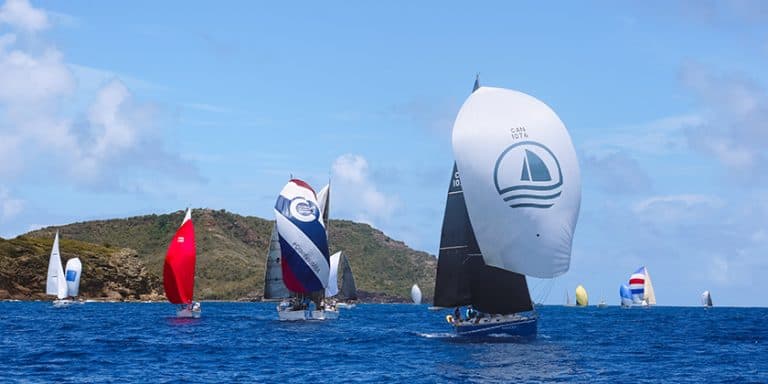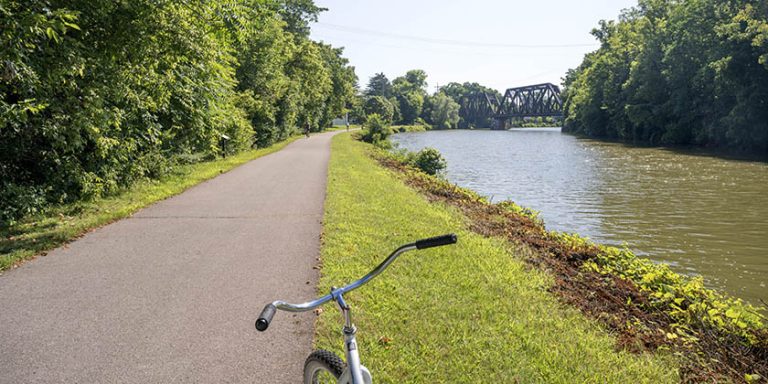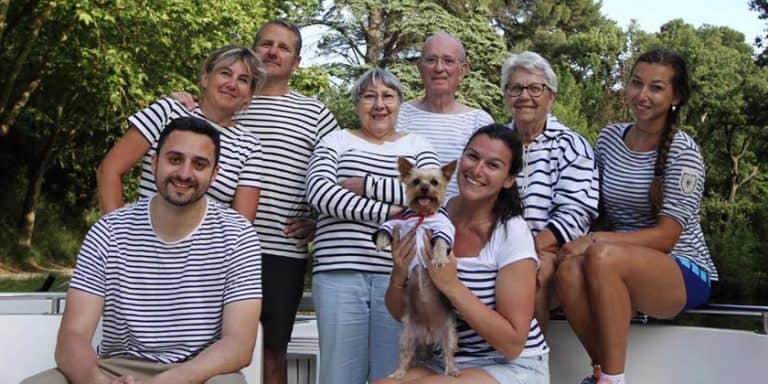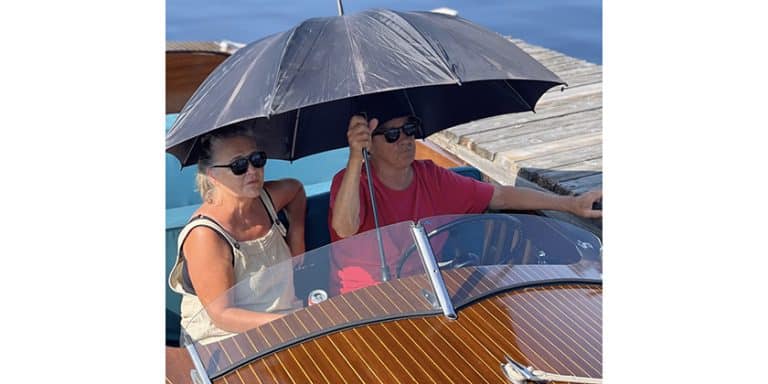History’s Harbour
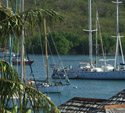
 The sun breaks over the cactus-studded slopes of Shirley Heights, spotlighting the wooden crosses of a two-century-old cemetery, bathing in a scarlet-hued glow of the crumbling battlements that still stand sentinel over the opening to Antigua’s English Harbour.
The sun breaks over the cactus-studded slopes of Shirley Heights, spotlighting the wooden crosses of a two-century-old cemetery, bathing in a scarlet-hued glow of the crumbling battlements that still stand sentinel over the opening to Antigua’s English Harbour.
It rises higher, illuminating villas and a beach that fronts on waters that glitter like a sugar-glazed donut.
It crests the three-hundred-foot precipice and gilds the face of the Copper and Lumber Store, silhouetting palm trees, casting their shadows on cedar shake roof shingles, on brick walls that once served as ballast for ships-of-the-line who made port here on their mission to guard the Leeward Station – ground zero for the Royal Navy’s Caribbean fleet.
Dawn has arrived over Nelson’s Dockyard, Antigua’s most-visited tourist attraction; dawn has arrived over History’s Harbour.
For me is was to be a port of embarkation, but the winds off the Pillars of Hercules are blowing at twenty-five to thirty-knots and ten-foot waves assault the shore. So “Mana’, our chartered Sunsail boat, will have to wait one more day.
But it’s a win-win scenario for me.
Sunbeams transform the fronds of casuarinas trees into feathery boas, accoutrements for a courtesan; they cast prisms onto the dew-laden blossoms of Poinciana trees.
A sloop has tied bow-in to the seawall here, its crew trying to bustle, but failing. They make their desultory preparations with many breaks, with much sitting down. They laugh a lot and finally release their lines and cast off.
The sloop glides through waters riffled by a breeze, frothed gently into a surface delicious and gentle as cake icing. But once outside, past the walls of Fort Belvedere, its bow leaps and dives as it crashes into the surf.
Later in the day we venture further afield. We soak up history at the Dow Interpretive Centre. We gaze seaward from the precipice that is Shirley Heights. Elizabeth Mason of Antigua’s Tourist Board gestures expansively with her arm, she points to the summit of Boggy Peak.
“This was the first lookout,’ she says. She indicates Guadeloupe off the southern horizon. Its outline is a diaphanous blue mirage. “They would build a signal fire in the event of a French attack and each high point on the island would telegraph it with a line of signal fires until they received the message in St. John’s.’
No cannons rumble today, no square rigs of invading fleets mar the waters below.
Only the wind calls out here, only two white triangles mar the blue expanse, bobbing like corks in a washing machine.
Back in Nelson’s Dockyard I listen to the sing-song cadence of two young locals coming in to work, a duet of indecipherable patois.
The interlude segues into the murmur of ladies setting up their wares in the market outside the walls, the percussion clatter of silverware as white-shirted servers at Admiral’s Inn bring orange juice and breakfast to early tourists and boat people. Bananaquits flutter above the tables, waiting to steal bits of toast, chirping in irritation when their goals are quashed.
But there are ghost sounds here too: the weeping of the loved one of an officer who died in a duel quayside; the moans of sailors wrestling lines and manhandling capstans that still litter the walkways near the water, turning warships upon their keels to scrape the hulls of barnacles; the curses of slaves who built so much of this dockyard.
At the museum housed in the naval commander’s house I imagine I can hear the agonized screams in the recreated gun deck of a battleship, painted blood-red. I imagine I can hear the wailing of the dying, for this was once known as the Englishman’s graveyard – for more exiled seamen and soldiers died from malaria than from the depredations of the nearby French.
I might even hear the grumbling of Lord Nelson himself, for he hated this place, even though it was named in honour of his sojourn here at the end of the eighteenth century.
Perhaps he never lounged in a big wooden chair watching tourists stare in awe at the wealth of history here in the world’s only surviving Georgian dockyard. Perhaps he never experienced the likes of this marmalade cat who strolls over to nuzzle my hand, returning later to stretch out for a late-afternoon nap.
No doubt Nelson never inhaled the aroma of fresh croissants wafting from the dockyard bakery nor savoured the roasting smells emanating from the restaurant in the Officer’s Quarters.
He may never have imbibed rum from the cobblestone patio of the Galley, with its rough scarred wooden bar, its sailor’s-eye view of an ex-pat cruiser scrubbing down his hull perched precariously on the gunwhales of a barely seaworthy wooden dinghy, nor shared a toast with the members of the Royal Tot Club, who take over the Galley as shadows grow long, saluting the Queen in voluble speeches and much consumption of vintage English Harbour grog.
I am certain he missed the Shindig back up at Shirley Heights – even if it is the Caribbean’s longest-running party – watching the twinkling harbour lights, dancing to the tones of a steel drum band on ancient cobblestones, sipping rum punch, dining on jerked chicken and corn on the cob.
And I’d bet an admiral’s ransom that Admiral Nelson never stood here like me, following with my gaze, the stroll of the sun across the sky at the end of a day in the life of History’s Harbour.

